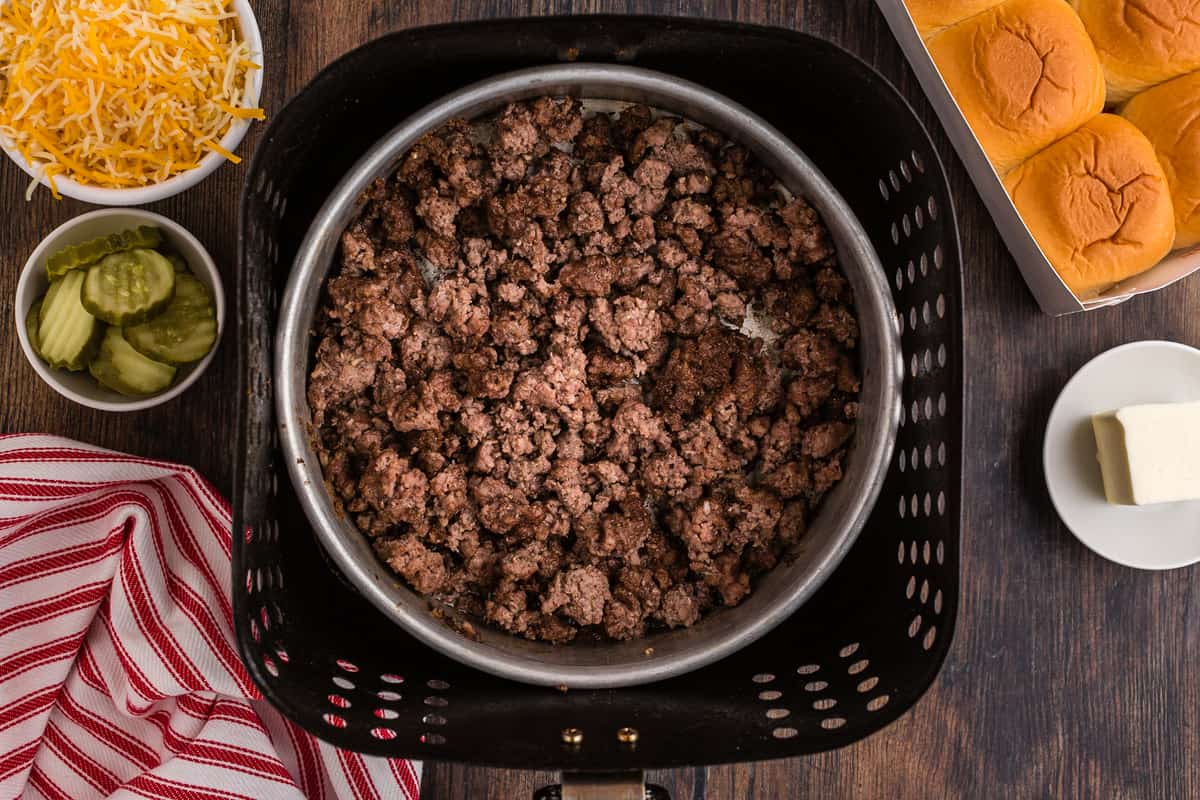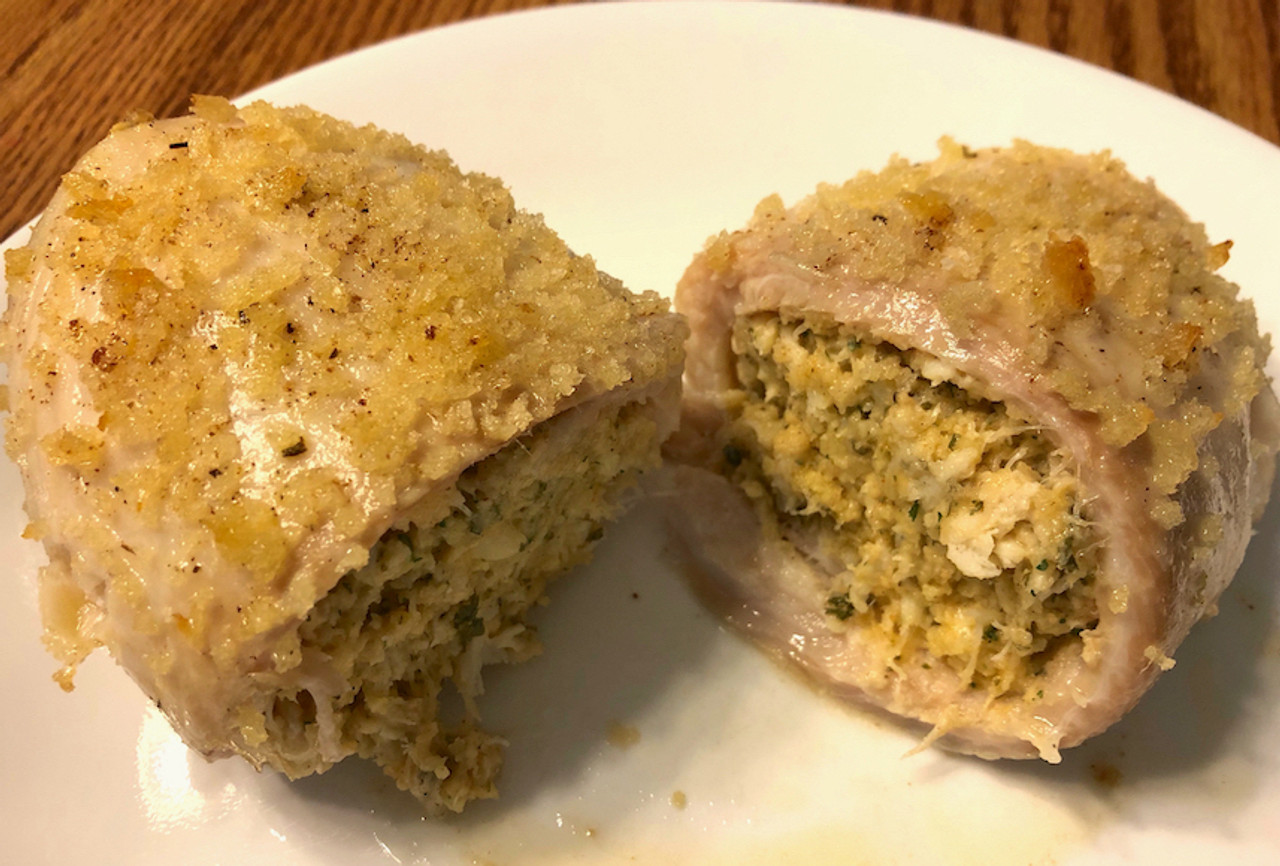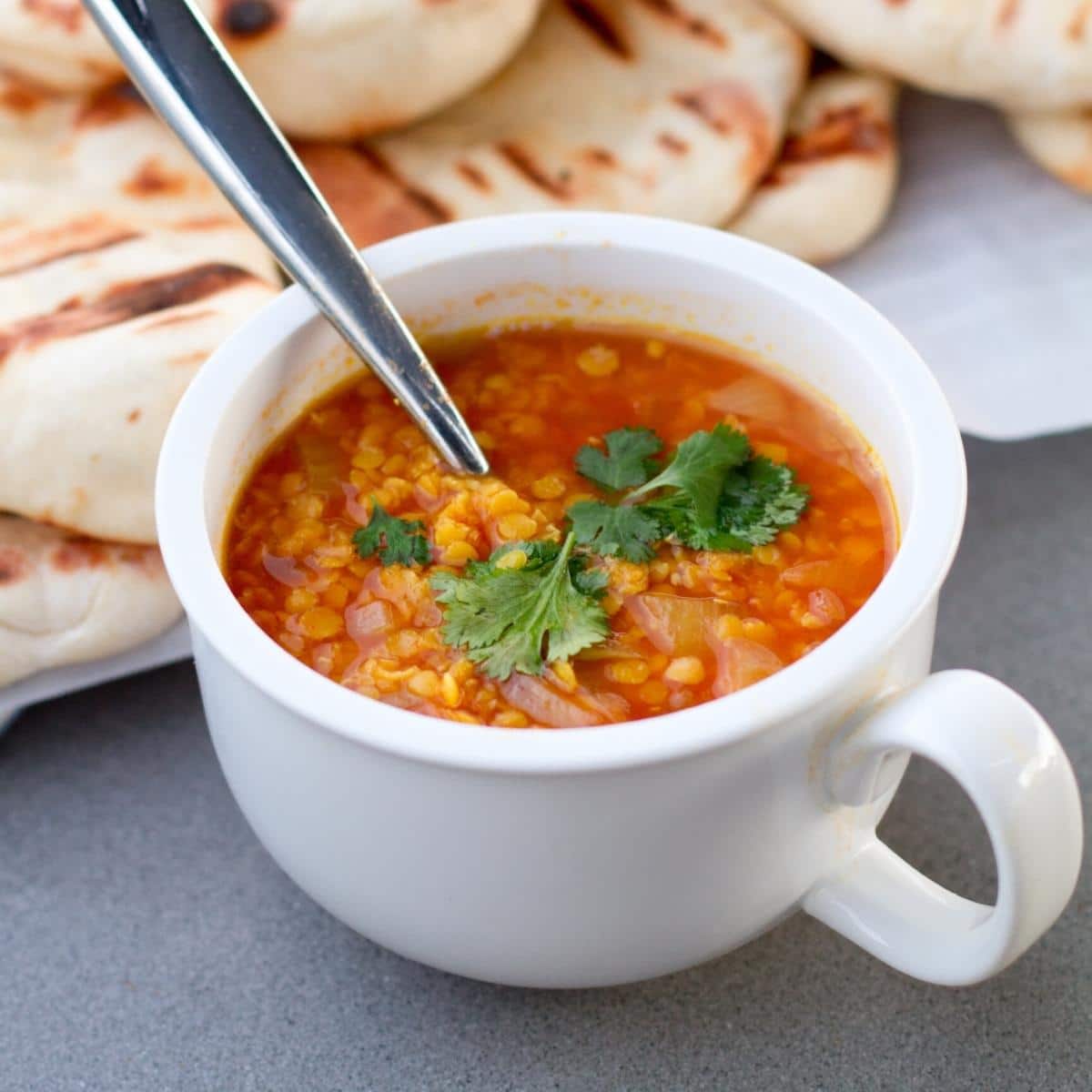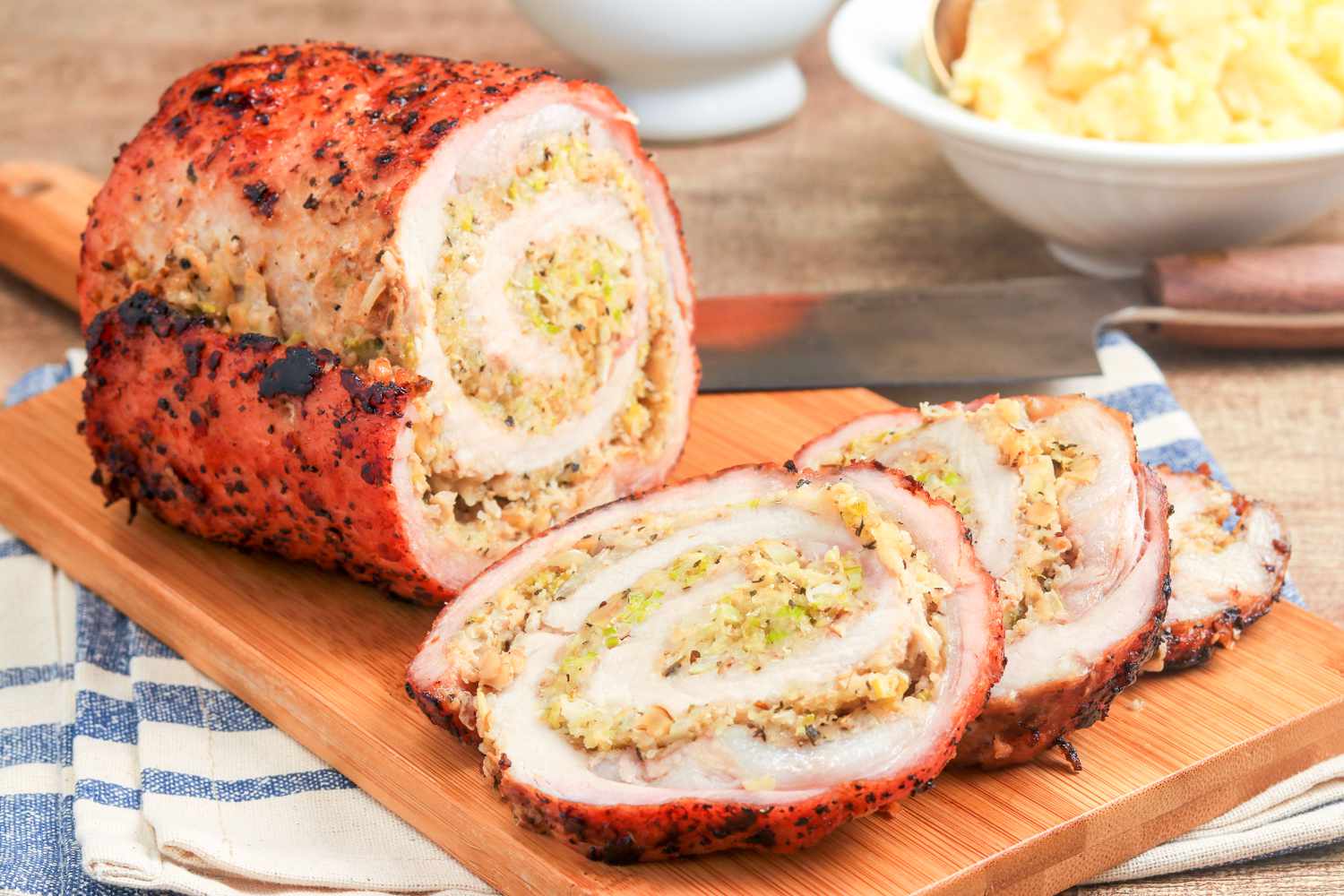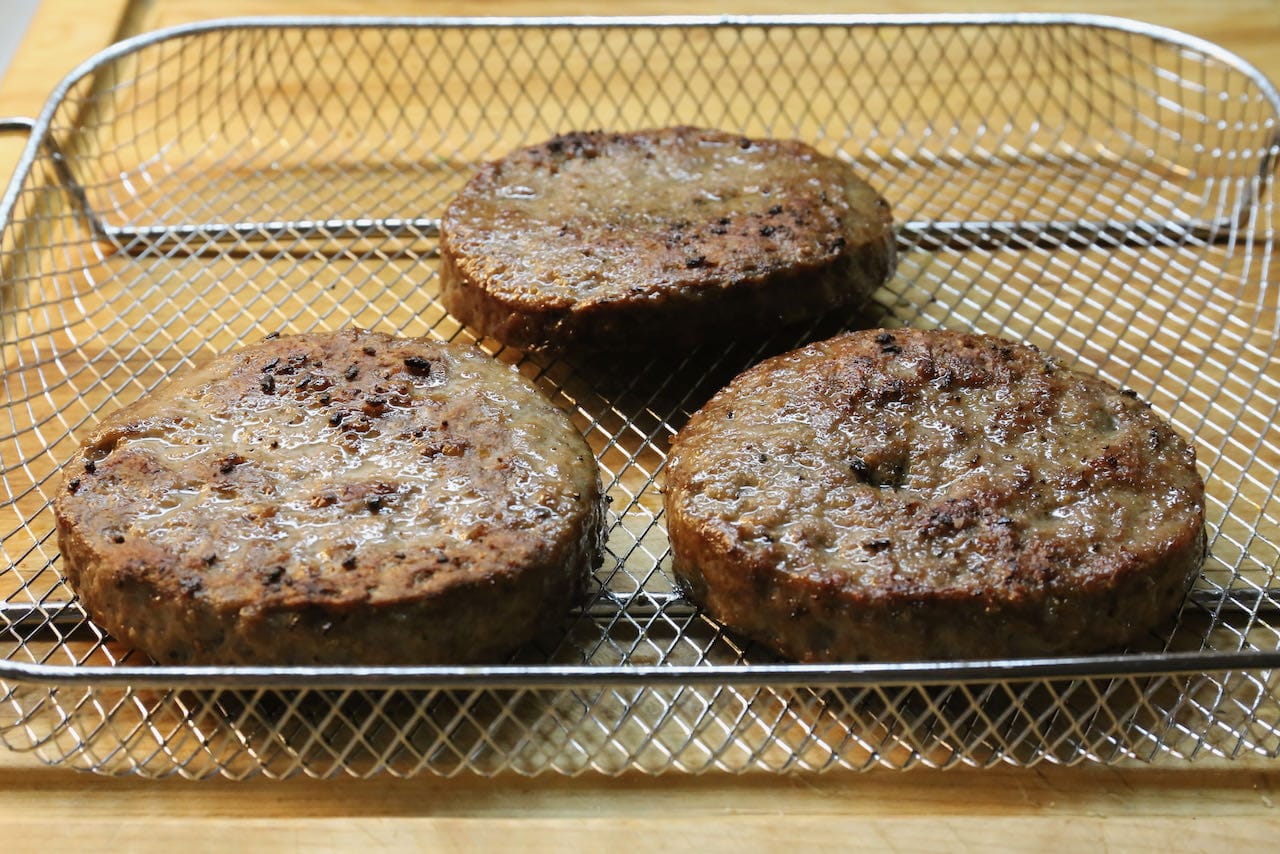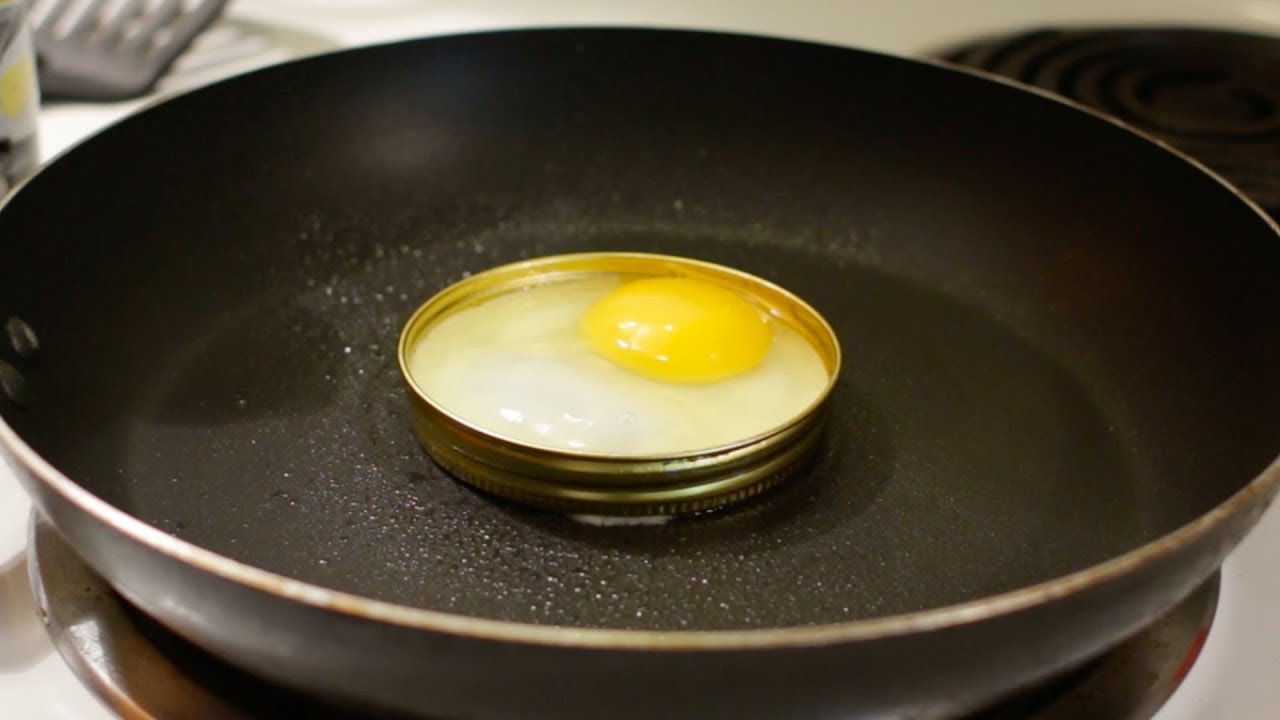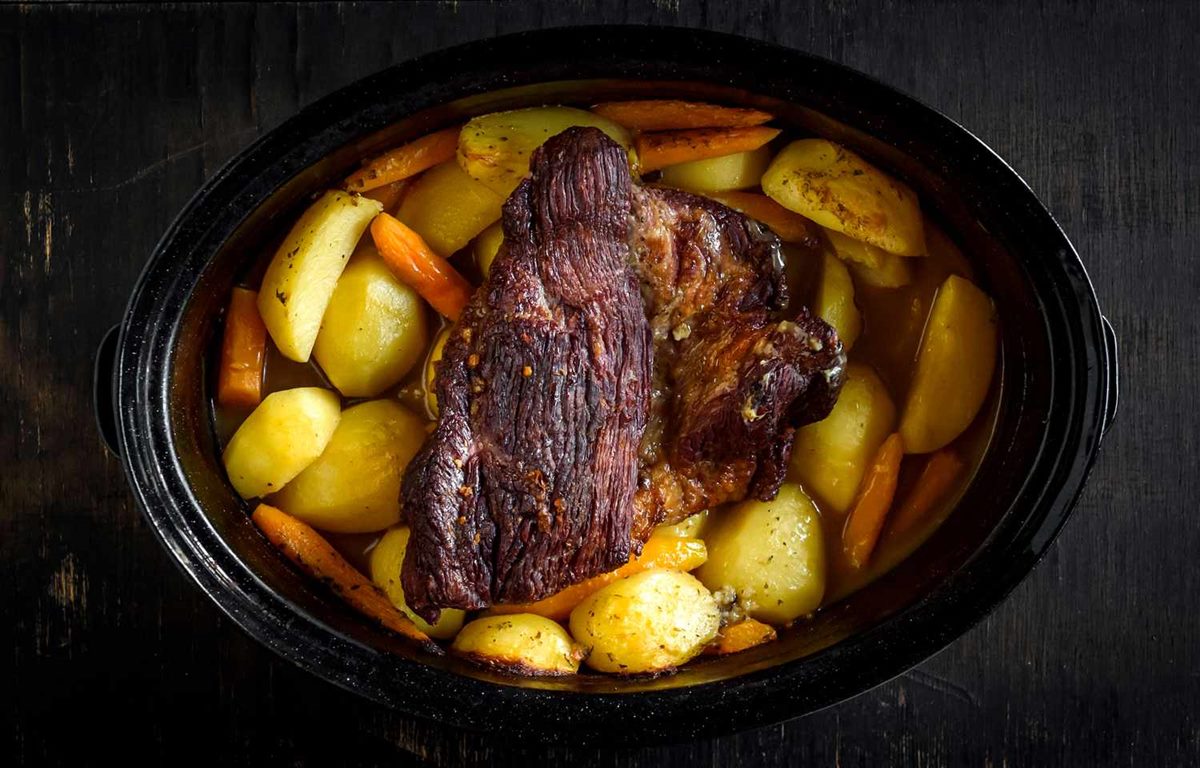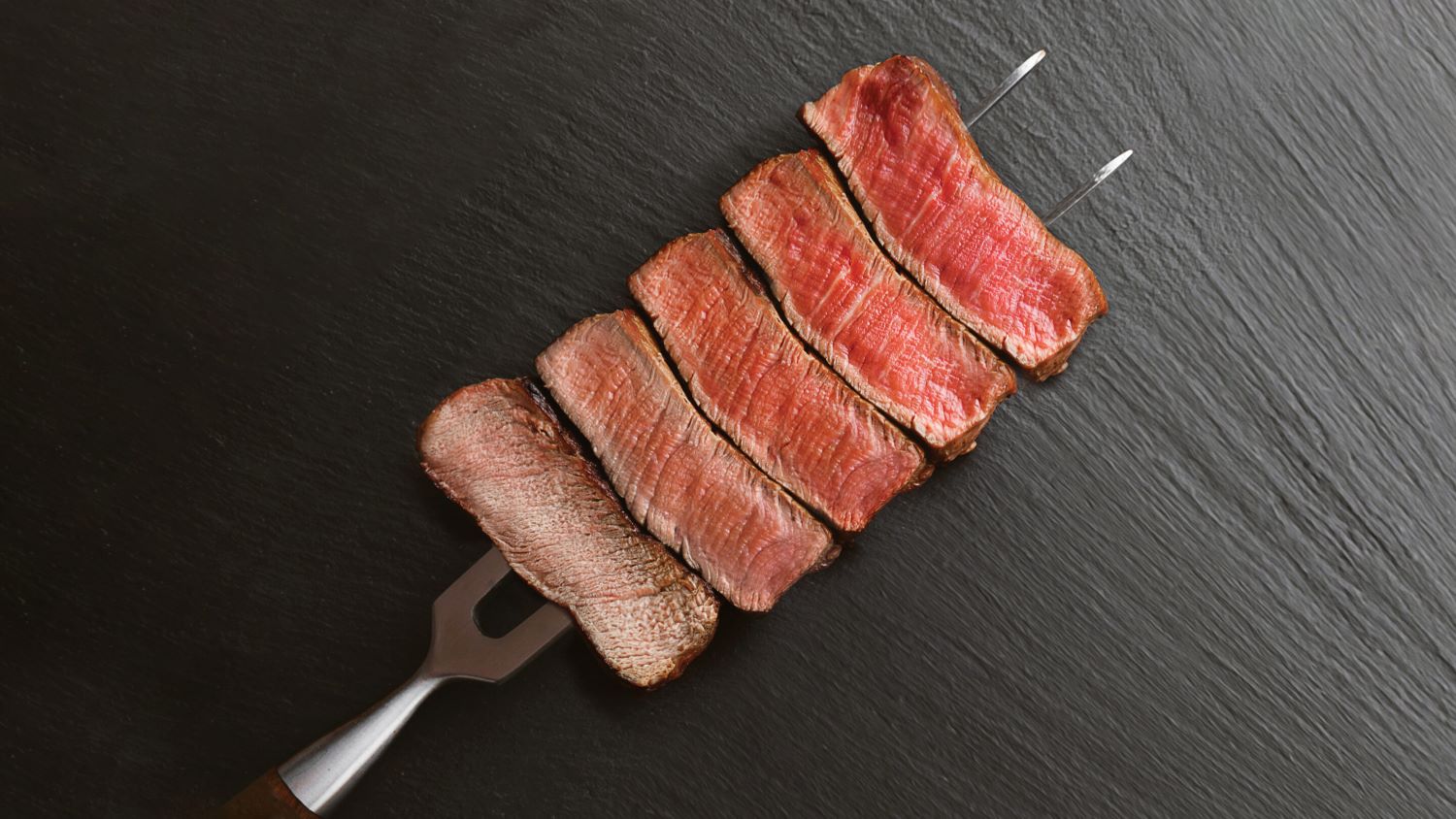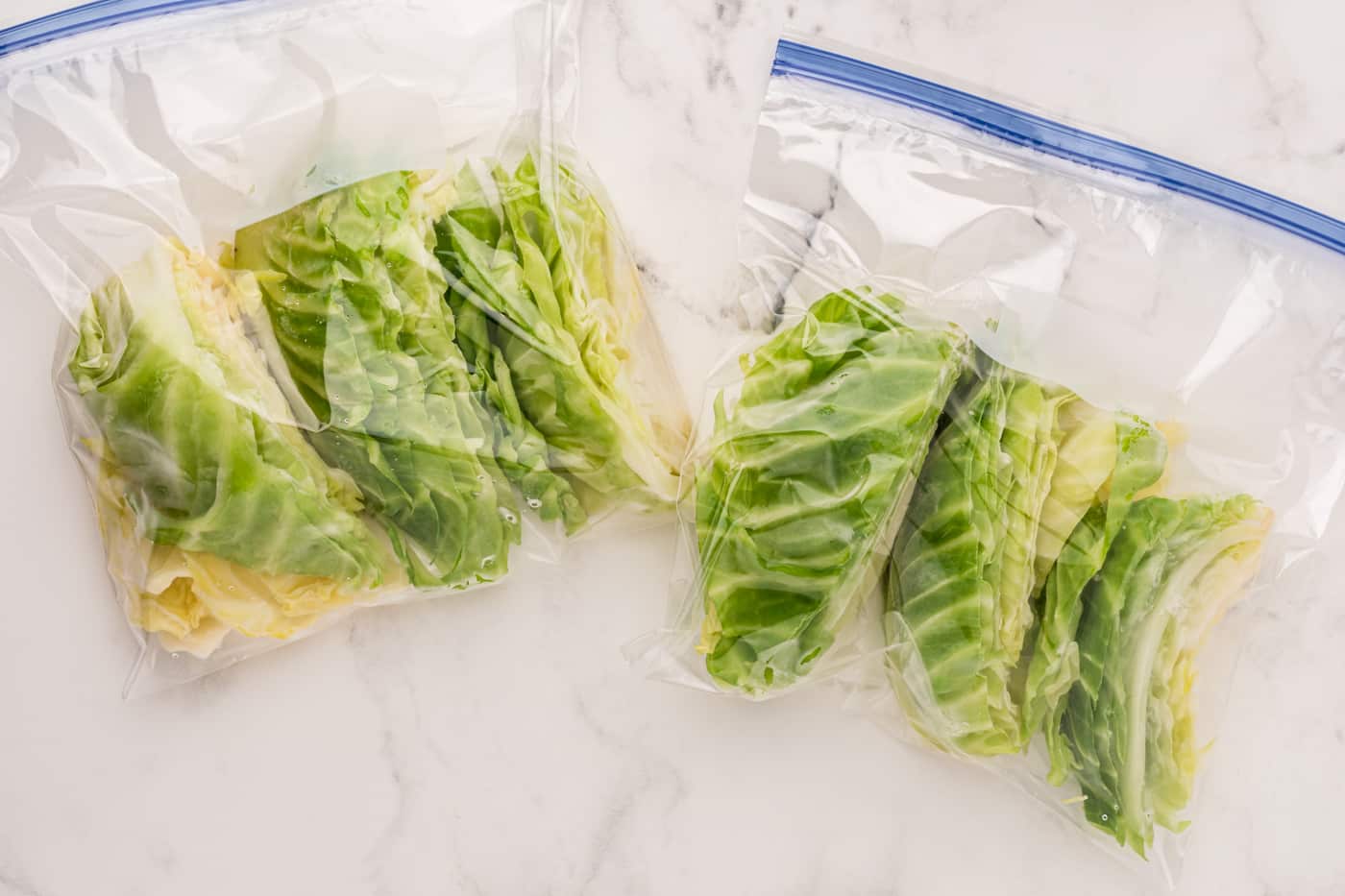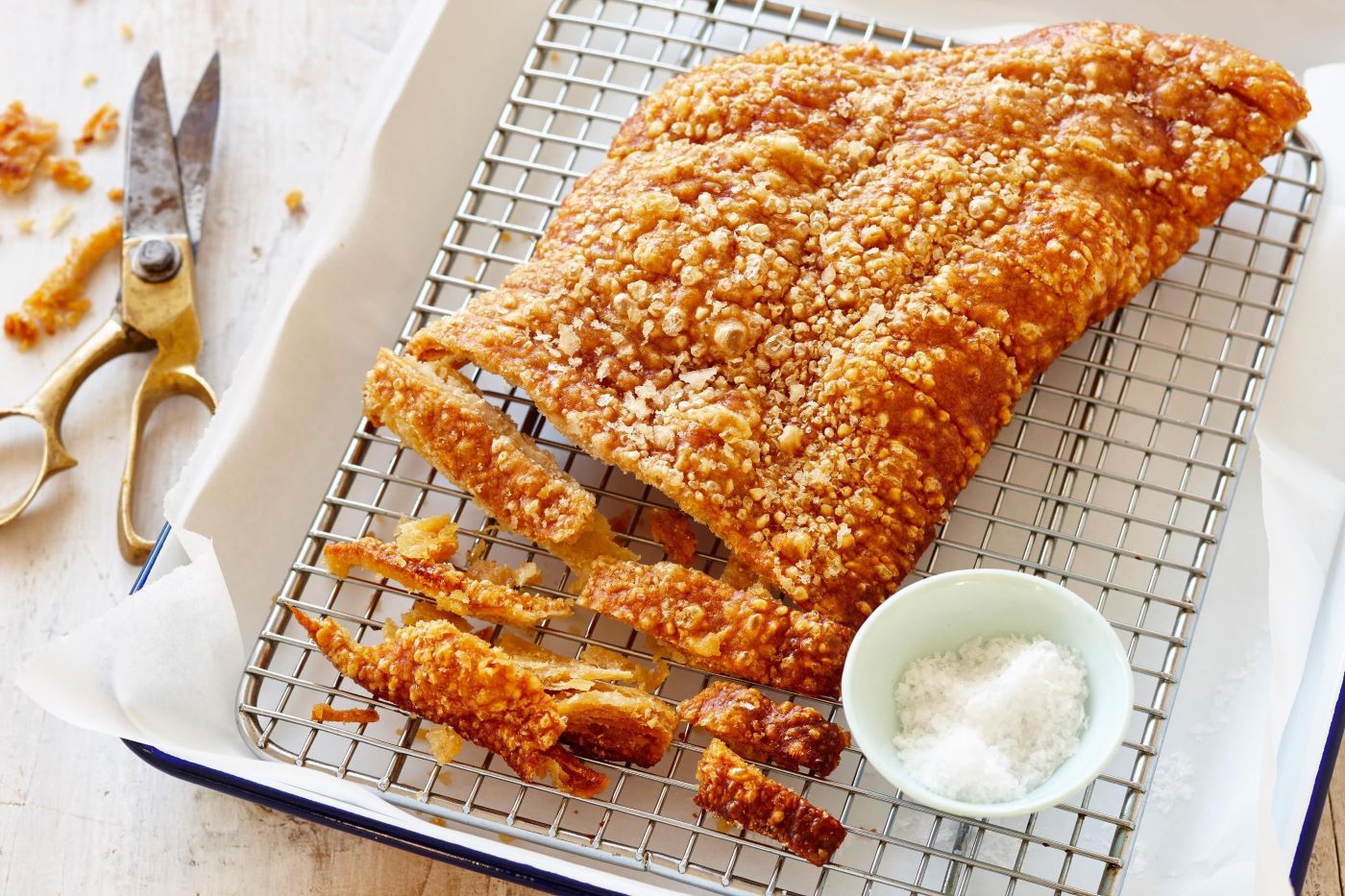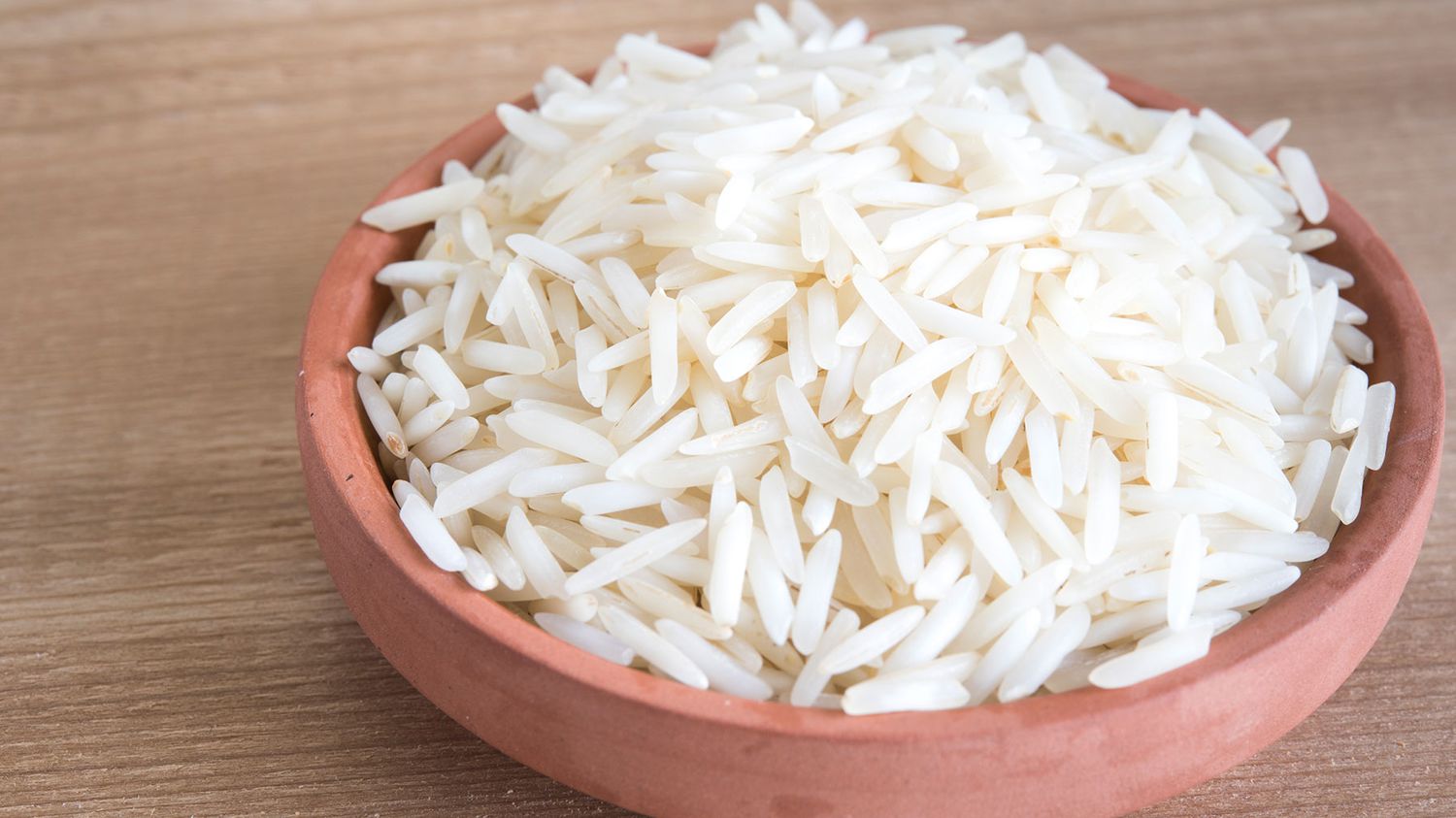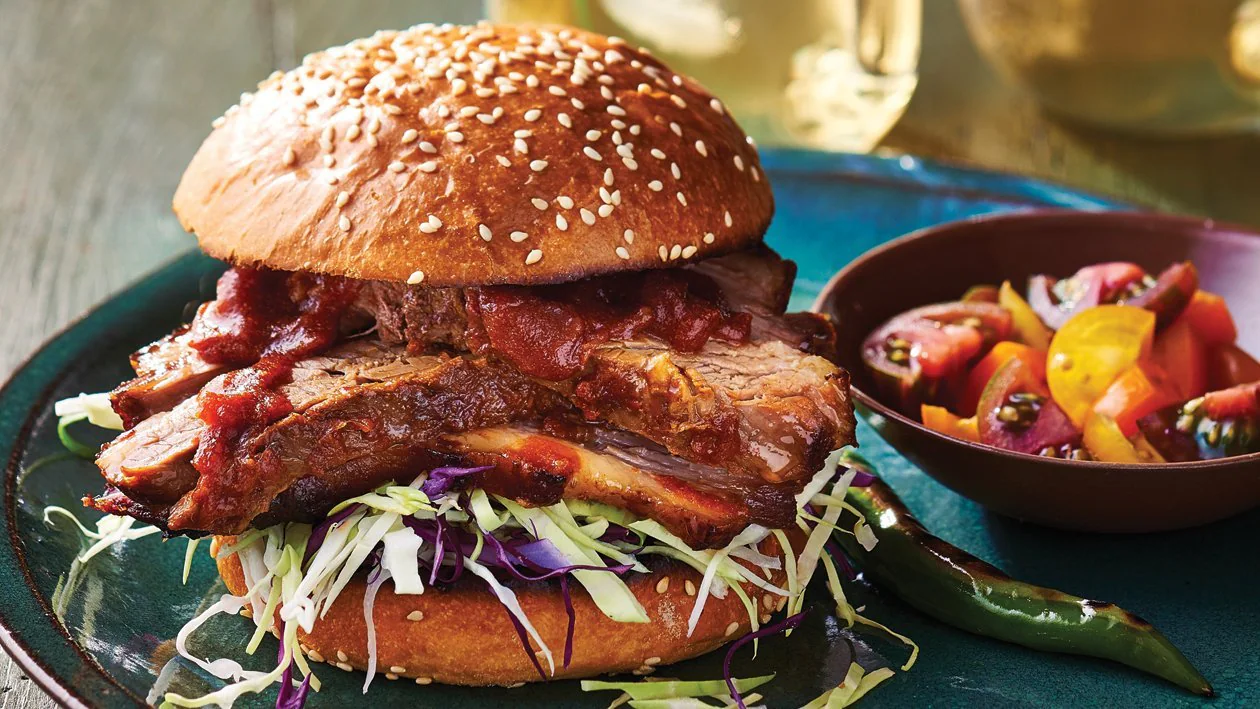Mastering the Art of Cooking Small Pasta Shells
There’s something delightful about a bowl of small pasta shells cooked to perfection. Whether you’re a seasoned cook or a beginner in the kitchen, knowing how to cook these tiny wonders can take your culinary skills to the next level. In this guide, we will walk you through the steps to achieve pasta perfection each time. So, let’s get started on this flavorful journey!
1. Choose the Right Pasta
Before diving into the cooking process, it’s important to select the right type of small pasta shells. Some popular choices include macaroni, ditalini, Orzo, or conchigliette. Each shape provides a unique texture and flavor profile, so feel free to experiment and find your favorite!
2. Boil the Water
Fill a large pot with water and bring it to a rolling boil. Add a generous amount of salt to the water to enhance the pasta’s flavor. As a general rule of thumb, use about 1 tablespoon of salt for every 4 cups of water.
3. Cooking Time
Check the cooking instructions on the package to determine the recommended cooking time for your specific pasta type. Small pasta shells typically require around 8-10 minutes to reach al dente, meaning they have a firm texture with a slight bite. Avoid overcooking as it can lead to mushy pasta.
4. Stir Occasionally
During the cooking process, don’t forget to stir the pasta occasionally to prevent sticking. Use a long-handled spoon or pasta fork to gently agitate the shells and ensure even cooking.
5. Taste Test
After the recommended cooking time, it’s essential to conduct a taste test to check if the pasta shells are perfectly cooked to your liking. Take out a small shell, let it cool slightly, and take a bite. If it’s too firm, continue cooking for another minute and check again.
6. Drain and Rinse
Once your small pasta shells are perfectly cooked, it’s time to drain them. Carefully pour the contents of the pot into a colander positioned in the sink. Give the shells a quick rinse with cold water to stop the cooking process and remove any excess starch.
7. Add Sauce and Serve
Now that your small pasta shells are cooked and ready, it’s time to add your favorite sauce! Whether it’s a classic marinara, a creamy alfredo, or a rustic pesto, let your creativity flow. Toss the pasta shells in the sauce until evenly coated and serve them hot.
Bonus Tips:
- For added flavor, consider cooking the small pasta shells in broth instead of plain water.
- Add a drizzle of olive oil to the water while boiling to prevent the shells from sticking together.
- Remember that the pasta continues cooking slightly even after draining, so be mindful of the cooking time.
- Feel free to experiment with different spices, herbs, and vegetables to elevate the taste of your small pasta shells.
- Leftover cooked pasta shells can be stored in an airtight container in the refrigerator for up to three days.
Now that you’re armed with the knowledge of cooking small pasta shells, go ahead and impress your friends and family with your newfound culinary skills. With practice, you’ll become a master at cooking these delicious little morsels. Bon appétit!
Was this page helpful?
Read Next: How To Cook Maruchan Ramen
